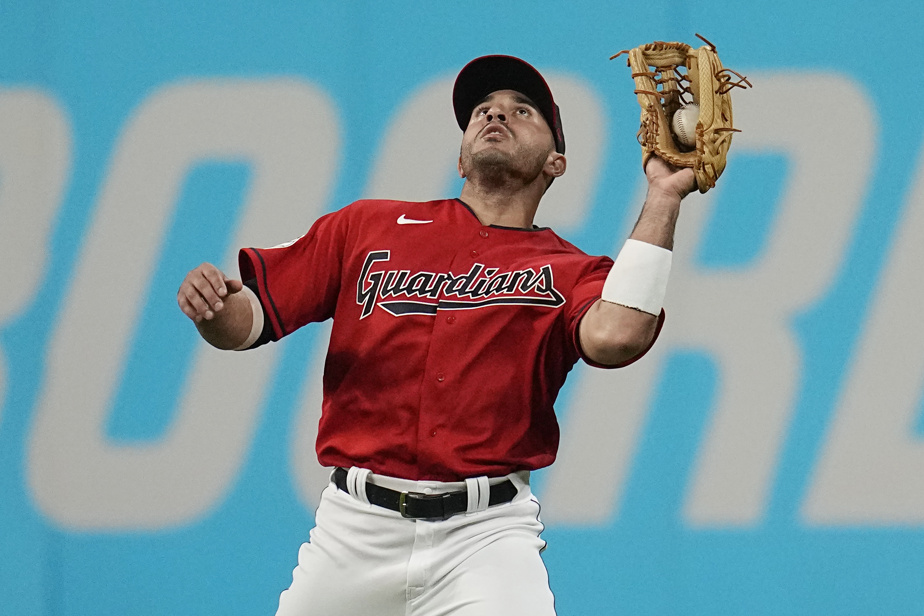It is a document that indicates the trends of balls hit by opponents, as well as the ideal positioning in defense to optimize the chances of removing them.
Since 2018, the Canadian Football League (CFL) has used balls similar to those in the NFL. In the rule books of both leagues, the dimensions specified are the same: between 11 and 11.25 inches in width, a circumference of 28 to 28.5 inches long, and 21 to 21.25 inches in the other meaning, a weight of 14 to 15 ounces. The one-inch white stripes are therefore the main difference, as is the logo, obviously. The lace is also different, according to Olivier Poulin, CFL senior director of communications, because “it sticks out a little more and its texture is different.” As for aerodynamics, we would have to convince the École de Technologie Supérieure to carry out wind tunnel tests to be sure.
This choice is up to the head coach, who can designate anyone among his 18 skaters, we read in NHL rule 17.1. It’s slightly more complicated when the goalie is punished, because the coach must then choose from among the players who were on the ice at the time of the infraction. The choice of a first-line player can be defended if this player is not part of the numerically inferior quartets. Such a choice in fact ensures a presence on the ice for the said player when he comes off the bench, in a potentially chaotic situation if the opponent is not set up on the attack. On the other hand, if the other team quickly receives a penalty, the coach is then deprived of one of his good attackers for the four-on-four game. Last year, Cole Caufield (five times) and Juraj Slafkovsky (three times) were the players most often designated by CH. This year, the team has received two bench penalties so far, and it was Michael Pezzetta who served them.
To restart the clock, the batter can leave his box, as long as his gesture is visible to the pitcher, and there are at least eight seconds remaining on the clock. That said, the batter is now only allowed one timeout per at-bat.
It’s a question of perception. An unforced error, or unforced error in English, is a game that ends with an error by the offending player. For example, a completely missed shot, out of play or into the net. A foul for which the opposing player did not necessarily have a say in returning the ball to the other side.
On the other hand, the provoked fault, or forced error, is a clear consequence of the return returned by the opposing player. The player thus pushed his opponent to make a mistake with a ball that was impossible to return.
